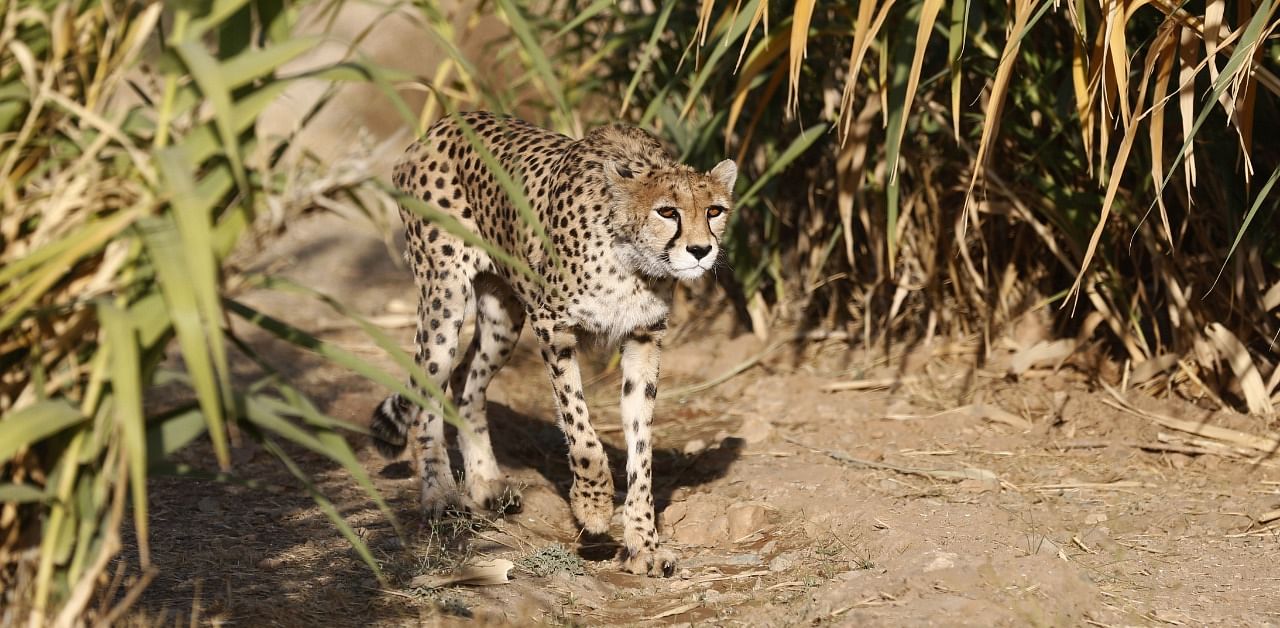
On March 3, World Wildlife Day, Union Minister of Environment, Forest and Climate Change Prakash Javadekar announced the Centre’s goal of bringing cheetahs back to India. India stopped being a habitat for Cheetahs when they went extinct from the country in 1952.
Excessive hunting, trafficking and a decline in forest cover are said to be the main reasons for India not having any cheetahs for 70 years.
A country that once took pride in its ‘Asiatic cheetah’ now only finds the wild cat in zoos.
The end of 2021 will witness history as the first batch of Cheetahs will be brought from Africa, as per a report by The Indian Express.
An effort to reintroduce cheetahs in India began back in 2009, but a nod from the Supreme Court to pursue the objective only came recently.
Currently, the only surviving Cheetahs in the country live in zoos. For the reintroduction of the species, the African variety of the cat would be introduced. The work on the reintroduction began last year after the Supreme Court gave the Centre its go-ahead for the project, based on the application filed by the National Tiger Conservation Authority (NTCA). The decision was taken keeping in mind the depleting population of the wild creature.
Preparations for the major reintroduction will be underway in a week when Indian forest officers will start being trained by experts from Namibia and South Africa. These are both countries with the world’s highest population of cheetahs. The team of experts will be training the officers how to go about handling, breeding, rehabilitation, medical treatment and conservation of the cheetahs.
In 1947, Maharaja Ramanuj Pratap Singh Deo of Koriya is believed to have caused the Asiatic Cheetah’s extinction in India after he shot the last three of them while hunting. Now, decades later, India is going to carry out the world’s first inter-continental relocation of a large carnivore in an attempt to make up for his actions.
Six sites - Mukundara Hills Tiger Reserve and Shergarh Wildlife Sanctuary in Rajasthan and Gandhi Sagar Wildlife Sanctuary, Kuno National Park, Madhav National Park and Nauradehi Wildlife Sanctuary in Madhya Pradesh – have been assessed for relocating the wild animals. Out of them only Kuno National Park has been deemed ready so far, owing to it being observed since 2006. The park was also chosen for relocating the Asiatic Lion since both animals share the same habitat.
Dean and expert committee member of the Wildlife Institute o India (WII), Dr Y V Jhala, said, “While there was never any problem with cheetahs and lions sharing the same space, the Supreme Court felt at the time this was not conducive to the lion. The court had instructed that the lion be introduced at Kuno in 2013; that is yet to happen. Last year, the Supreme Court gave the go ahead to introduce cheetahs here. But one site is not enough for a healthy population of cheetahs in the country. So, we will upgrade the other identified sites, which have conducive habitats, so it can be introduced in four-five places at least over the coming five or six years. But this year, we will relocate eight cheetahs to Kuno to begin with. The idea is to relocate 35-40 cheetahs across the identified sites.”